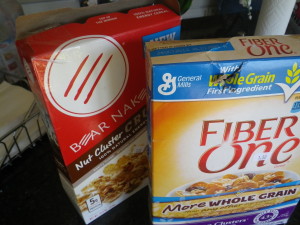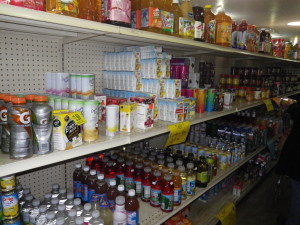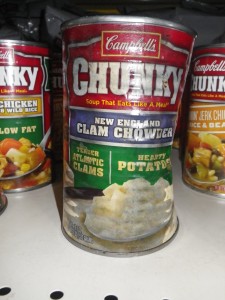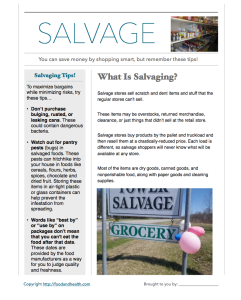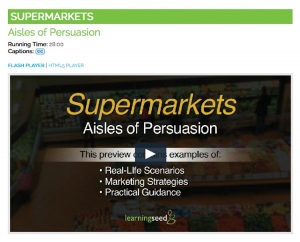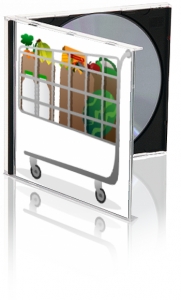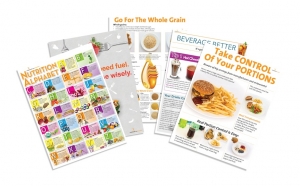Are you looking for a hot topic for your next class, workshop, or client consultation? Or for Nutrition Month (R)?
As much as consumers want a magic bullet for their health, teachers want a magic topic that will engage, educate, and motivate their audience.
Here we have assembled all of the best and hottest topic predictions for 2023. With nutrition there is always plenty of lessons to help people learn anything from the basics, to skipping fads, to shopping and preparing meals with ease, or to making better choices when dining out!
The hottest topics listed here are chosen from our expert writers’ recommendations, research in the news, views from our blog posts, many telephone and email inquiries with customers and readers, Amazon bestseller book lists, and over 100 food, health, and nutrition professional blogs that we follow.
Here are the hot topics and trends that you can use to plan your own presentations and classes.
- Dietary Guidelines: The Dietary Guidelines are here! Check out all of our resources that support the 2020-2025 messages. Many practitioners are focusing on nutrient density and the avoidance of ultra-processed foods. The Dietary Guidelines focus on getting the nutrients needed in the calories allotted based on age and activity levels. New this year are recommendations for children in specific age groups.
- New Food Label: The new Nutrition Facts Label is ready to empower shoppers to lower their intake of added sugars. Check out the newest food label resources.
- MyPlate On A Budget is very timely since most folks are pinching pennies with the current inflation bringing food costs up by about 7% – see the new app at MyPlate.
- Plant-Based Diets: Plant-based food sales are a hot topic, and sales are steadily growing, according to Statista. Focus on a plant slant! How to Plan Meals, New Foods, Benefits.
- Sugar: How to Find It, How to Consume Less now that added sugars are featured on the new food label and still mentioned in the latest edition of the Dietary Guidelines, particularly for the younger set and adults. Our clients are always looking to teach people to drink fewer sugar calories.
- Fiber is a great lesson for consumers to understand gut health, plus all of the new research about the microbiome.
- Kitchen How-To – Americans are still cooking at home after the pandemic, so they are open to learning about new foods and cooking methods to save time. There is no better time for cooking demos, social media tips, and more!
- Weight Loss – Over 65% of all adults are overweight or obese, according to CDC. A CDC survey found that half of all adults over the age of 20 have tried to lose weight over the past year, but two-thirds of all adults in the US are still overweight or obese. Check out our 12 Lessons Program! The pandemic showed us the importance of avoiding chronic diseases like obesity, heart disease, and type 2 diabetes, all of which can cause severe illness and death in COVID patients.
- Sleep – for better habits and weight loss success – a new study shows how and there are numerous studies on sleep and weight control. Sleep is an important part of any healthy eating plan.
- Diet is more important than exercise – Diet is more important than ever to help people keep BMI, blood pressure, and cholesterol low. Check out our new poster; You Can’t Outrun Your Fork!
- High blood pressure is a concern. We get more searches on low-sodium shopping lists than any other topic. Furthermore, diet is an excellent strategy, with research showing the low-sodium DASH diet as the most effective approach. This can bring many great teaching opportunities for health professionals.
- Prediabetes is an important educational topic. According to the CDC, diabetes is increasing at an alarming rate, with over 10% of the population diagnosed with this disease. This makes an excellent screening topic for health fairs.
All of these and more are in the new theme finder!
Check out the new products:









